Tile adhesive is ceramic tile adhesive, as the name suggests, is used to paste tiles, tiles, tiles and other decorative materials, it has a particularly high bonding strength, as well as good water resistance, freeze-thaw resistance, aging resistance, and Construction is also very convenient. It is a kind of bonding material that is widely used in interior and exterior wall surface, floor, bathroom, kitchen and other architectural decoration. Is there anything wrong with this product? Here's a small series along with a look at the shortcomings and misuse of tile adhesive bar.
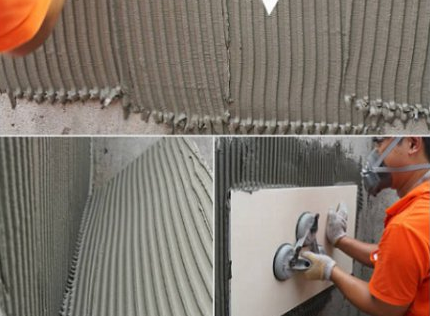
The disadvantages of tile adhesive
There are still many disadvantages of tile adhesives . The preferred construction wall must be wet, and the flatness must be maintained. If there are uneven parts, it is necessary to use cement mortar and other materials for leveling before use; and in the grass-roots If there is residue of substances such as dust, oil, etc., it will also affect its degree of adhesion; After uniformly mixing the tile adhesive to be used up quickly, you can apply the mixed adhesive on the back of the adhesive tile, and then press hard. Until leveling, movement corrections can only be made within 5-15 minutes after the tiles are affixed.
The dried mortar can not be mixed with water, which is also one of the disadvantages of tile adhesives. It is easy to waste tile adhesives under improper maintenance. In construction, attention must be paid to retaining expansion joints. After 24 hours of paving, they can be stepped in or caulked. More importantly, tile adhesive products are only suitable for use in environments between 5°C and 40°C, and their use still has many limitations.
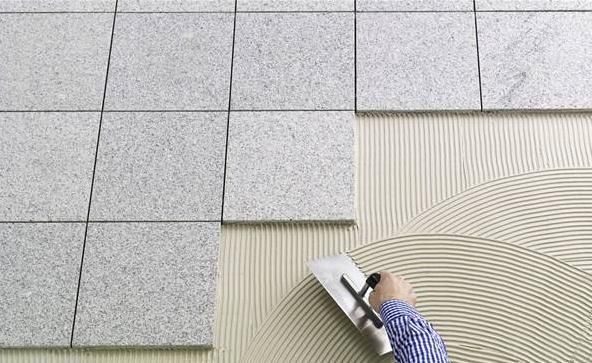
If you choose tile glue, its price will be more expensive, mainly because the cost of the thin paste method of tile adhesive is 30% more expensive than the traditional way of laying. For the time being, it has not become the main reason for the mainstream process.) In addition to its higher cost, its process is one step further, which is to add an additional leveling layer with cement as mentioned earlier.
Especially on the floor of the bathroom, a certain slope needs to be made, and the entire floor is drained to the ground for drainage. If you use a thin paste method, the waterproof protective layer before the tiling should be graded. After the tiling, you need to move the brick to the waterproof protective layer.
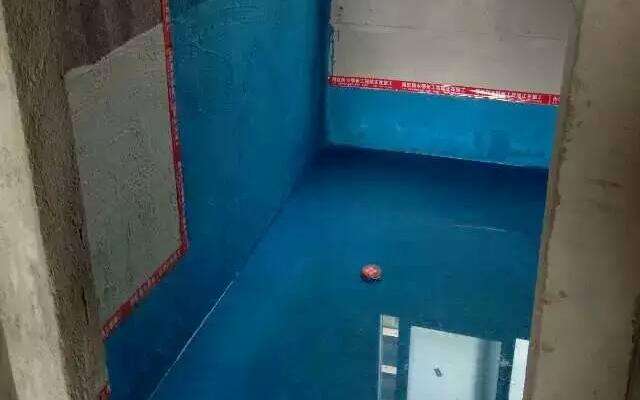
The use of tile adhesive misunderstanding
1. Tile adhesive with cement, mortar and so on. This will change the production ratio of the tile collagen into the distribution ratio, and it cannot guarantee the quality. Emptying drums will easily occur when tiling.
2. Place tile adhesive on the ground and mix with a shovel. If the tile glue mixing is not uniform, it will cause loss of effective components of tile adhesive powder, and if it is difficult to accurately add the proportion of water by hand, changing the proportion of tile glue will also cause the tackiness of tile adhesive to decrease.
3. Long-term use of tile adhesive with water. If the tile adhesive is mixed in the bucket for a long time to soak, it will cause the tile adhesive to have no strength, drop the powder and drop the brick.
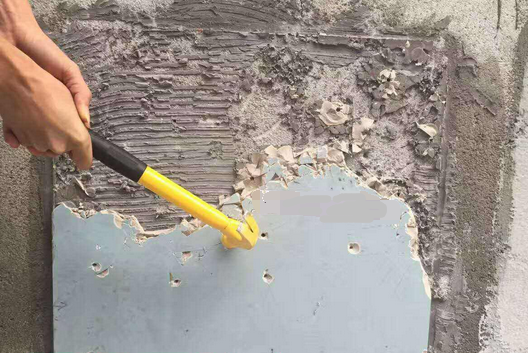
4. Too long to use, add water and tile glue to mix with it. Some masters will use the remaining tile adhesives last night and then mix it with clear water and tile glue the next day. The active ingredients of this tile adhesive have already undergone a chemical reaction. Adding water can only change the operation performance and cause later adhesion. Insufficient strength, easy to fall off.
5. Batch wall construction, and unevenly finished tile surfaces and walls. If the corners of the tiles are hollow, long-term in the wet environment will appear out of brick phenomenon, tile adhesive bond is not strong, incomplete; and tile adhesive for thin layer construction, according to the flatness of the grassroots level and the size of the tile to choose the right tooth scraping Plates should be kneaded in place when pasted and randomly checked for backfill rate.
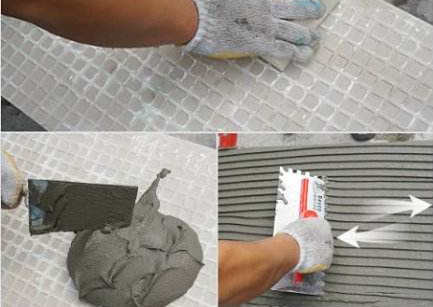
Editor's summary: The above is about the shortcomings of tile adhesives and the introduction of misunderstandings. I hope that Xiaobian's sharing will help everyone. If you want to know more related information, you can pay attention to this website information.
The disadvantages of tile adhesive tile adhesive tile adhesive
Diaphragm type Pulse Damper / pulse damper, also known as pulsation damper and pulsation buffer, is a common component to eliminate pipeline pulsation and a necessary accessory of metering pump. Pulsation damper can smooth pipeline pulsation and water hammer caused by displacement pumps such as plunger pump and diaphragm pump. The gas is separated from the liquid in the pipeline by a corrosion-resistant diaphragm, and the pipeline pulsation is smoothed by the change of the volume of the gas chamber.
Pulse Damper
PVC Pulse Damper,PP Pulse Damper,PVDF Pulse Damper,Stainless Steel Pulse Damper
Ningbo RMI Plastic Co.,Ltd , https://www.rmiplast.com